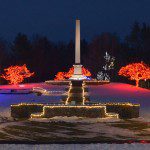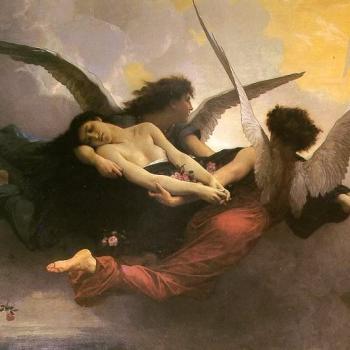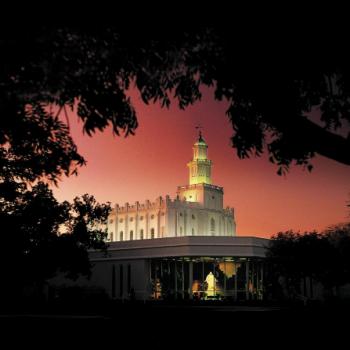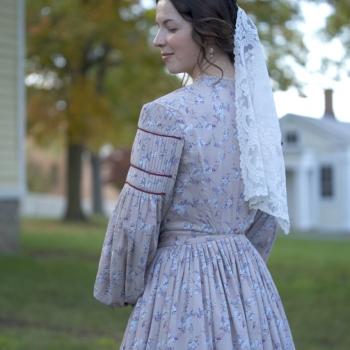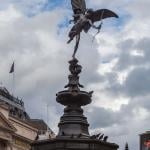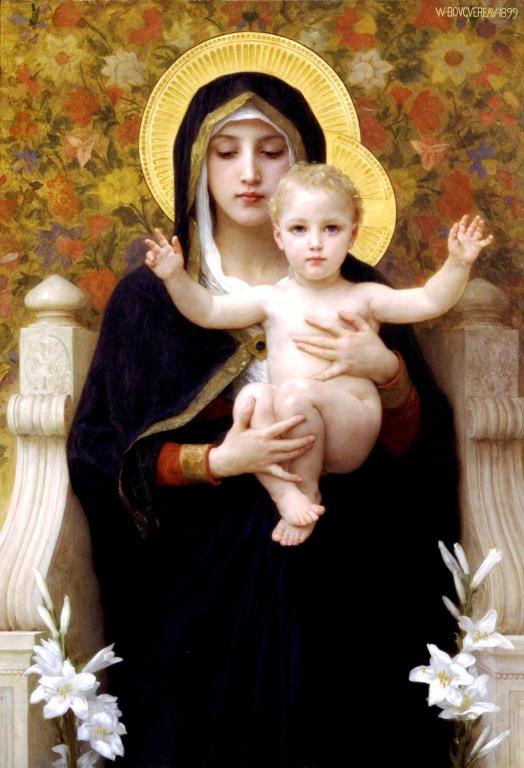
(Wikimedia Commons public domain image) I suspect that veneration of the Virgin Mary reflects a dimly perceived ancient theological truth.
Bruce Webster and Kris Fredericton hosted the 15 December 2024 episode of the Interpreter Radio Show. They discussed Come, Follow Me Doctrine & Covenants lesson 2, Moroni’s prophecies about our days, the Church’s disaster relief efforts, and Christmas music.
Their conversation was recorded. It has now been edited to remove commercial breaks, archived, and placed online for your convenience.
The Interpreter Radio Show can be heard on Sunday evenings from 7 to 9 PM (MDT), on K-TALK, AM 1640, or you can listen live on the Internet at ktalkmedia.com.
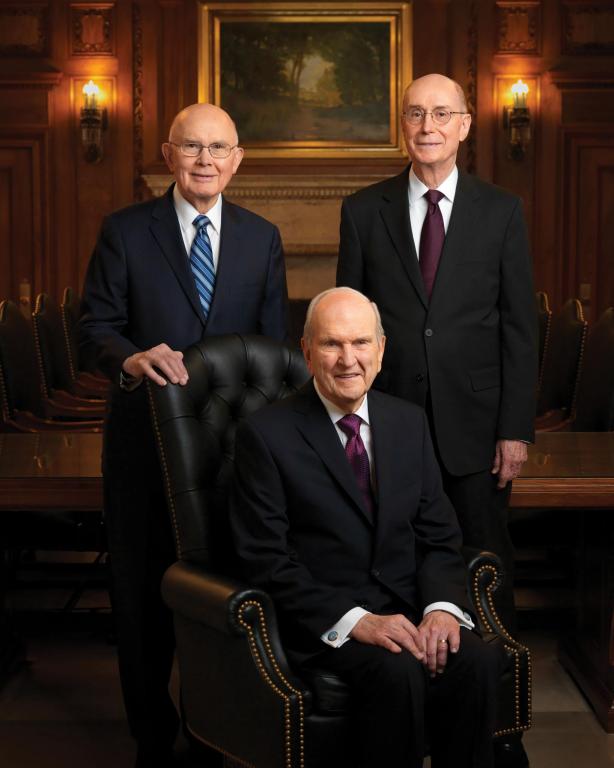
Having celebrated his one hundredth birthday back on 9 September of this past year, President Russell M. Nelson continues to amaze. Here, you can enjoy his piano performance of “Silent Night,” recorded in his home during the Christmas season in 2022: “The Prophet Extends a Christmas Wish of Heavenly Peace: Read and watch social media Christmas messages from the First Presidency, the Quorum of the Twelve Apostles and some General Officers”
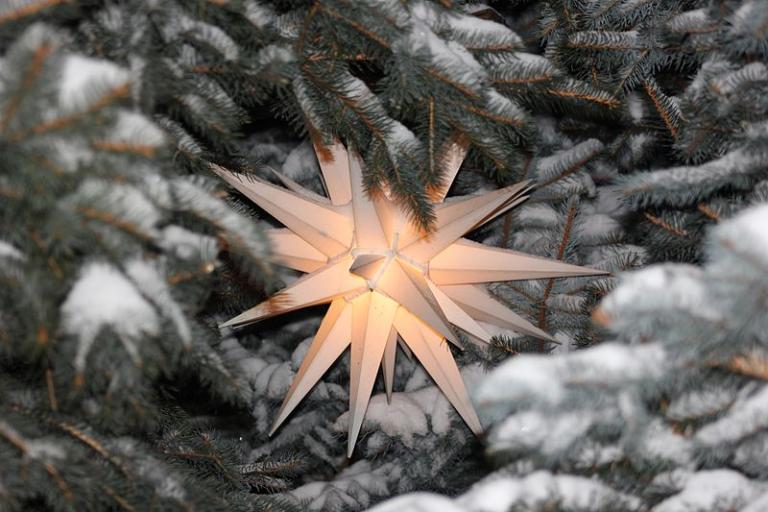
Even amid the glories of the Winter Solstice holiday season, unfortunately, we need to keep track of the evils routinely visited upon humanity by theists and theism. (No season of the year is more prone to exploitation by religious people.) Accordingly, I share some materials here that I’ve recently extracted from the inexhaustibly horrific Christopher Hitchens Memorial “How Religion Poisons Everything” File™. Here are just a few of them:
Newsroom features stories from its dozens of websites worldwide to show what members and leaders of The Church of Jesus Christ of Latter-day Saints are doing to serve their communities. Today, we feature news from Bolivia, the Democratic Republic of the Congo, Ghana, South Korea, Peru and Tonga.
“Summary of 2024 Light the World News”
“Global Efforts Continue to Light the World in 2024: A look at how members and friends of The Church of Jesus Christ of Latter-day Saints are spreading the Light of Christ this Christmas season” I found the accompanying video amazing.
“Sustainable Solutions: Clean Water and Gardens Transform a Community in Mexico”
“The Church of Jesus Christ Expands Educational Opportunities for Indigenous Youth in Mexico”
“The Church and Midwest Food Bank Unite to Fight Hunger”

(Wikimedia Commons public domain image)
Alas, one of the clearest illustrations of the wickedness of religious people is their attempt to commandeer the music of the Winter Solstice holiday season, which has been disturbingly successful. Having failed to share a musical piece in yesterday’s blog entry, I compensate by offering two specimens today. Both have been drawn directly from the Hitchens File:
(1) When John Menzies Macfarlane, a Scottish convert to the Church of Jesus Christ of Latter-day Saints, needed a special song for Christmas 1869 for the choir that he conducted in St. George, Utah, he wrote one. (St. George had only been founded in 1861, and it was still a very small and rough little settlement struggling to survive in an arid desert climate; its tabernacle and temple were still several years in the future.)
Here is the song that he wrote, in a performance by the Tabernacle Choir and the Orchestra at Temple Square: https://www.lds.org/media-library/video/2013-12-0031-far-far-away-on-judeas-plains?lang=eng
“Far, Far Away on Judea’s Plains” was first published in Salt Lake City’s Juvenile Instructor twenty years later, in 1889. Since then, it has become a popular Christmas carol well beyond the confines of the Latter-day Saint community — one of the relatively few Restoration hymns to travel across denominational lines.
Brother Macfarlane has clearly never been to Judea, which is very much hill country. It would be roughly as difficult to find a flat plain in Judea as to find a tropical jungle there.

(2) The words to “Once in Royal David’s City” were written by the Anglo-Irish children’s poet Mrs. Cecil Frances Alexander (1818-1895), who is also remembered for her hymns “There is a Green Hill Far Away” and “All Things Bright and Beautiful.” The carol was set to music shortly thereafter by an organist named H. J. Gauntlett.
1 Once in royal David’s city
stood a lowly cattle shed,
where a mother laid her baby
in a manger for His bed:
Mary was that mother mild,
Jesus Christ her little Child.2 He came down to earth from heaven
who is God and Lord of all,
and His shelter was a stable,
and His cradle was a stall:
with the poor, and meek, and lowly,
lived on earth our Savior holy.3 And our eyes at last shall see Him,
through His own redeeming love;
for that Child so dear and gentle
is our Lord in heav’n above,
and He leads His children on
to the place where He is gone.4 Not in that poor lowly stable,
with the oxen standing by,
we shall see Him, but in heaven,
set at God’s right hand on high;
when like stars His children crowned
all in white shall wait around.
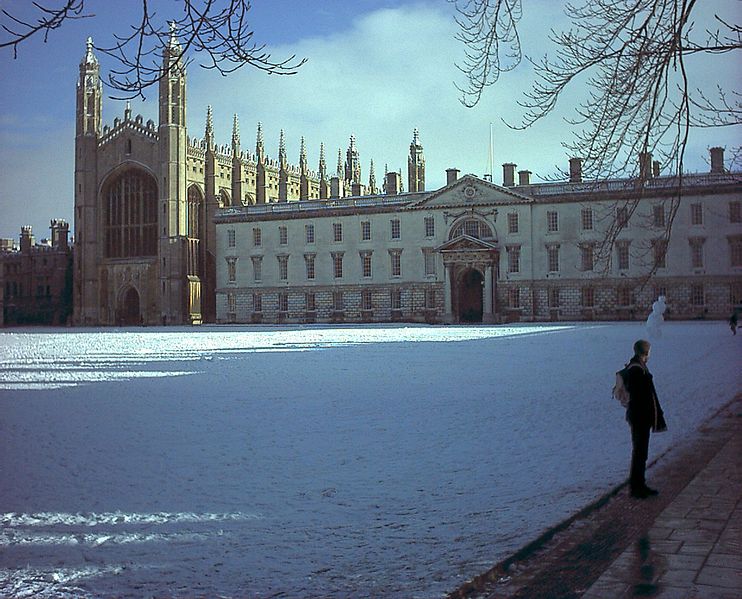
Here is “Once in Royal David’s City” in a performance by the choir of King’s College Cambridge, recorded in King’s College Chapel, which happens to be one of my favorite pieces of architecture in the world: https://www.youtube.com/watch?v=TT3cfXd3Shk (Err, sorry. I meant to say that King’s College Chapel is yet another of the abominations imposed upon us by religionists, along with the music that’s frequently performed in it.)


